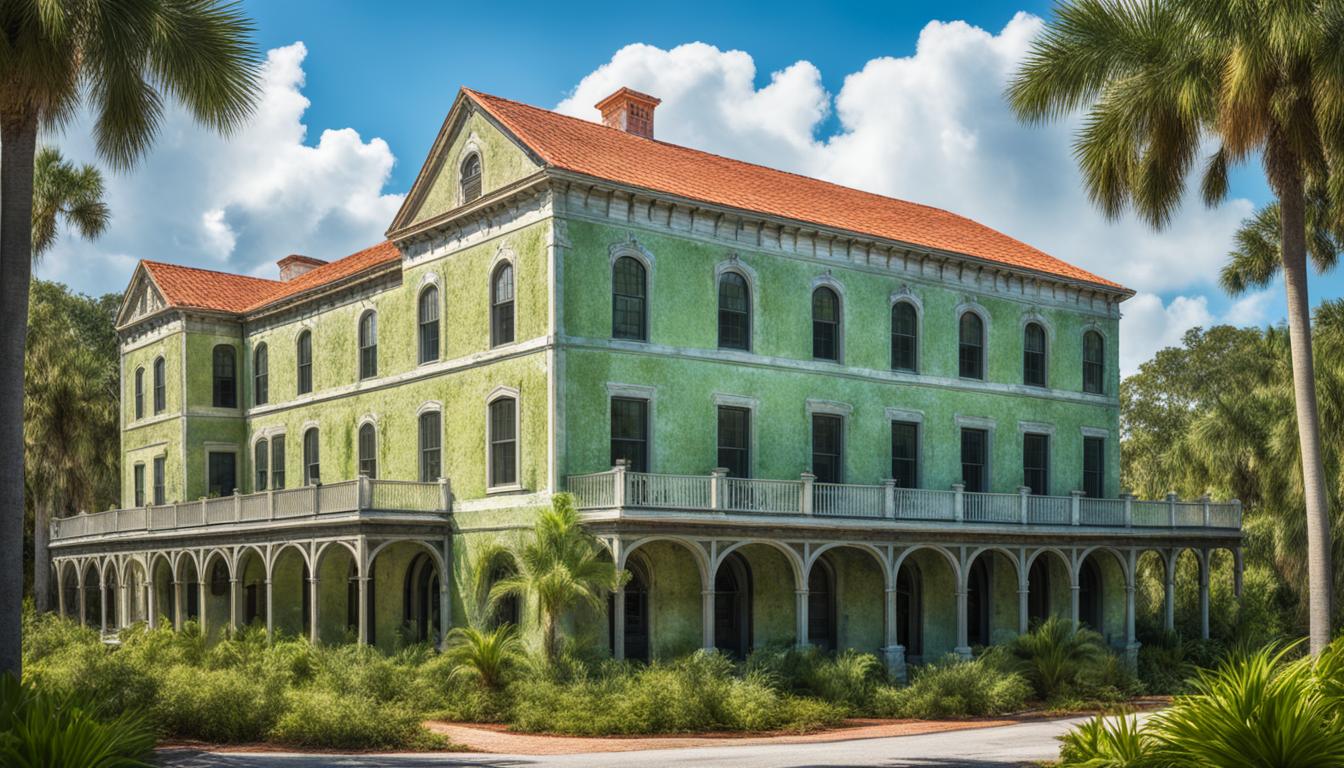
Mold Prevention in Florida Historic Areas
Mold prevention is a crucial aspect of preserving Florida’s historic districts. With their rich architectural heritage and cultural significance, these areas require specialized techniques to protect them from mold growth and damage. In this article, we will explore the importance of adapting mold prevention strategies for Florida’s historic districts and how historic preservation and Florida building regulations play a vital role in this process.
Florida’s unique climate poses specific challenges when it comes to mold prevention. The state’s high humidity levels and frequent rain increase the risk of mold growth in historic buildings. To combat this, experts recommend implementing humidity control and moisture management systems to regulate the indoor environment. By carefully monitoring and controlling moisture levels, we can significantly reduce the likelihood of mold proliferation.
Historic property restoration also plays a crucial role in mold prevention. Renovations and repairs should prioritize maintaining the building’s historical integrity while implementing mold-resistant materials and techniques. Through careful restoration work, it is possible to prevent mold growth without compromising the authenticity and historical value of these properties.
Florida building regulations also provide guidelines for mold prevention in historic districts. These regulations aim to ensure that mold prevention strategies are appropriately followed during construction and renovation projects. By adhering to these guidelines, property owners, contractors, and preservation organizations can contribute to the long-term preservation of Florida’s historic areas.
Key Takeaways:
- Adapting mold prevention techniques is crucial for preserving Florida’s historic districts.
- Humidity control and moisture management are essential in combating mold growth in these areas.
- Historic property restoration should prioritize mold-resistant materials and techniques while preserving the building’s historical integrity.
- Florida building regulations provide guidelines for mold prevention in historic districts.
- By implementing these strategies and following regulations, we can ensure the long-term preservation of Florida’s historic properties.
Adapting Mold Prevention Techniques for Florida Historic Districts
In the unique context of Florida’s historic districts, mold prevention requires specific considerations and techniques to ensure the preservation of these invaluable landmarks. Effective humidity control and moisture management are crucial for safeguarding these historic buildings against mold growth. Additionally, the role of historic property restoration plays a vital part in preventing the recurrence of mold infestations. Implementing mold remediation practices that prioritize preservation best practices is essential to maintain the integrity and historical value of these properties.
Humidity control is a fundamental aspect of mold prevention in Florida’s historic districts. The state’s tropical climate creates an environment conducive to high levels of humidity, which can lead to excessive moisture accumulation within buildings. By employing appropriate humidity control measures, such as the use of dehumidifiers or ensuring proper ventilation, the risk of mold growth can be significantly reduced.
Moisture management is another critical factor in mold prevention for historic properties. Structural vulnerabilities, such as leaking roofs, deteriorating windows, or compromised foundations, can contribute to moisture infiltration. Regular inspections and timely repairs are essential to address these issues promptly. Implementing moisture barriers and employing moisture-resistant materials during restoration or renovation projects can also help mitigate the risk of moisture intrusion.
Historic property restoration plays a pivotal role in mold prevention for Florida’s historic districts. The restoration process aims to preserve the original materials, architectural features, and historical significance of these buildings. When addressing mold issues, it is crucial to approach remediation methods with care to avoid damage to the structure and its historical authenticity.
When dealing with mold remediation in historic properties, preservation best practices should be followed. This involves employing techniques that prioritize the preservation of original materials while effectively eliminating mold. Non-destructive remediation methods such as dry ice blasting or chemical-free alternatives should be considered to minimize the impact on the historic fabric of the building.
Importance of Preservation Best Practices in Mold Remediation
Preservation best practices in mold remediation strike a delicate balance between preserving the historic integrity of a property and effectively eliminating mold. Here are some key considerations:
- Thoroughly assess the extent of mold infestation while ensuring minimal disturbance to the historic structure.
- Employ appropriate containment measures during the remediation process to prevent the spread of mold spores.
- Utilize mold removal techniques that do not cause further damage to the original materials, such as HEPA vacuuming, physical removal, or eco-friendly antimicrobial treatments.
- After remediation, implement preventive measures to maintain favorable indoor environmental conditions, such as regular inspections, moisture monitoring, and ongoing maintenance.
By adhering to these preservation best practices, mold remediation can enhance the longevity and preservation of Florida’s historic districts, allowing future generations to appreciate and experience the rich heritage these buildings hold.
Conclusion
In conclusion, adapting mold prevention techniques for Florida’s historic districts is of utmost importance to ensure the preservation and integrity of these valuable properties. By implementing effective mold prevention strategies, we can safeguard these historic buildings from the damaging effects of mold growth.
Throughout this article, we have highlighted the significance of historic preservation and the role of Florida building regulations in mold prevention. We have also emphasized the importance of humidity control and moisture management in managing mold in these historic properties.
Moreover, we have explored the crucial role of historic property restoration in preventing mold growth while maintaining the integrity and historical value of these buildings. From meticulous mold remediation techniques to preservation best practices, it is vital to consider the specific needs and requirements of each historic property.
By prioritizing mold prevention, following preservation guidelines, and complying with building regulations, we can ensure the continued survival of Florida’s historic districts. Through a combination of humidity control, moisture management, and effective mold remediation, we can preserve the beauty and significance of these historic properties for future generations to appreciate and enjoy.




